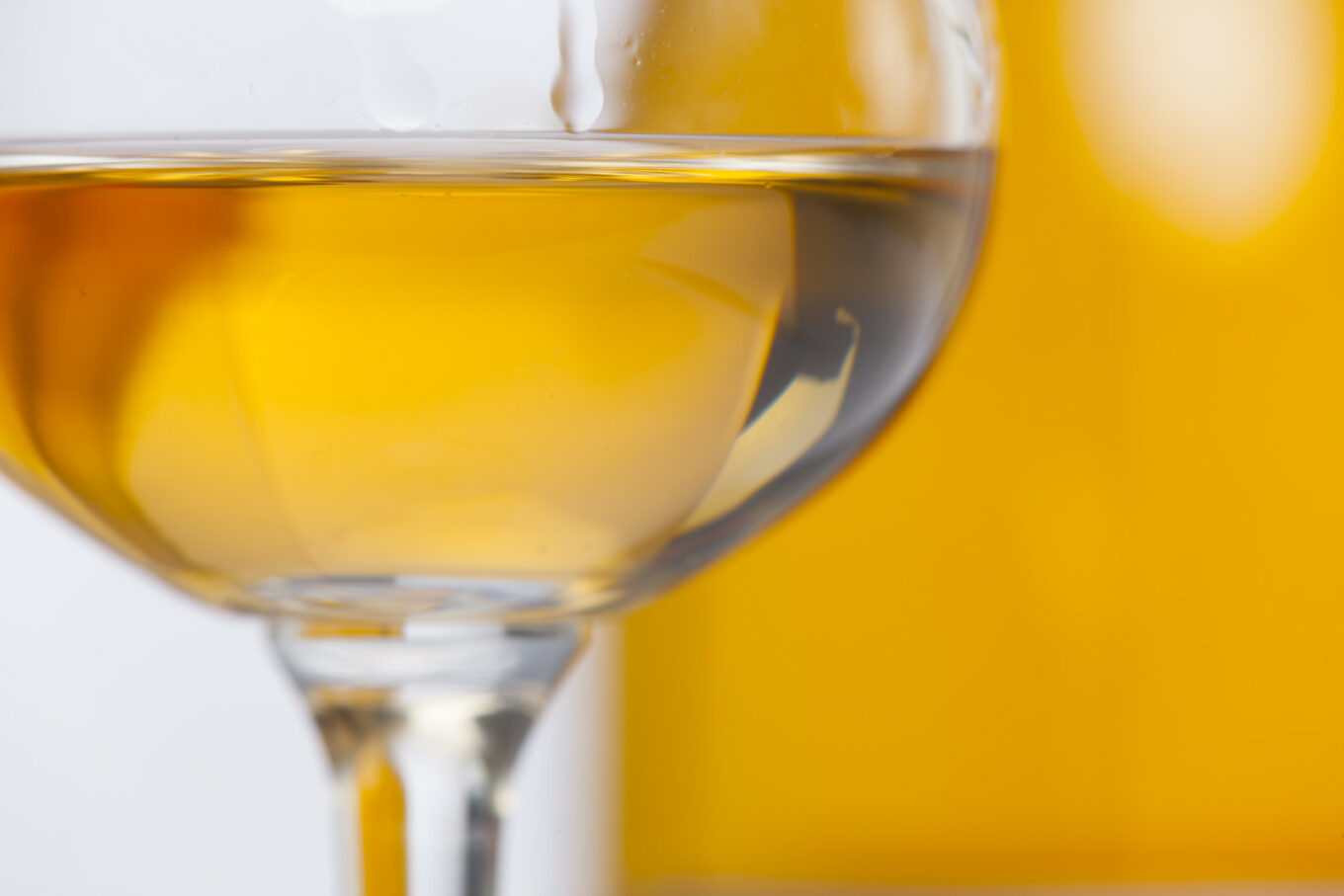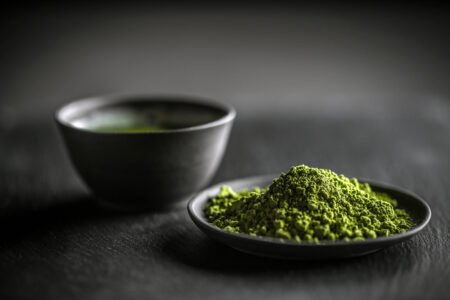Orange wine is a white wine that’s made by keeping the skins and the seeds of grapes in contact with the juice as it ferments. When the product is ready for bottling, its color ranges from straw-yellow to near-amber to deep orange. Some producers of orange wine prefer to call it amber wine.
History
Winemakers trace the history of orange wine back several thousand years to what is now the Republicof Georgia. (It’s bordered on the west by the Black Sea, on the north by Russia and on the south by Turkey, Armenia and Azerbaijan.) When they follow their traditional winemaking technique, Georgians make this wine in a large clay vessel called a qvevri.
With this old method, the product ferments, underground or in a wine cellar perhaps, six or seven months. When using classical European techniques, regardless of the winemaker’s country, the wine may be finished in stainless steel tanks or wood barrels for periods ranging from a few days to a year or longer.
Some Grape Varieties for Orange Wine
The taste of orange wine depends on the grape variety as well as the winemaking process. The longer the juice ferments on the skin, the bolder the taste. As for its deep color, it comes from the lignin in the grape seeds.
Georgians use grapes such as tsolikouri, ribolla gialla and the versatile rkalsiteli grape in their orange wines. In the 1990s, winemakers in northeastern Italy began making orange wines too, using not only ribolia gialla but also fiano, pinot grigio and sauvignon vert grapes.
Within the last 20 years, demand for orange wine has grown. Australia, Chile, Croatia, Canada, France, Russia, Slovenia, the United States and South Africa are countries where winemakers produce orange wine.
Food Pairings for Orange Wine
Orange wine is dry white wine that’s high in tannins, and its taste is bolder than other white wines. Some who drink it describe it as bitter or sour. Depending on the maker of the orange wine, the taste may be mild with touches of peach or apricot. For example, the kiri grape summons up apricots.
The products of other labels bring to mind other flavors. For example, the rkalsiteli grape carries with it tastes of spices and hints of honey of honey without the sweetness. Other orange wines remind of a kind of tea such as oolong. The point is that like all wines, there is variety in orange wines.
Serve orange wine slightly chilled. For a stronger taste, drink it at a warmer temperature. People who are new to orange wine may want to try it at between 50 degrees F and 55 degrees F.
Since orange wine is generally bold in taste, it pairs well with curries and vegetarian dishes. Also drink it with jerk chicken, spicy dishes and some Ethiopian, Moroccan and Korean foods as well as dishes from the Caucuses, Asia Minor and the Balkans. Try it too when eating fish, seafood, beef, cheese and vegetables.
Orange wine is a new kind of the block. Wine enthusiasts who want to explore a new taste may want to try it. Others who may want to try a bottle are drinkers who have not liked the wines they have tasted so far.




